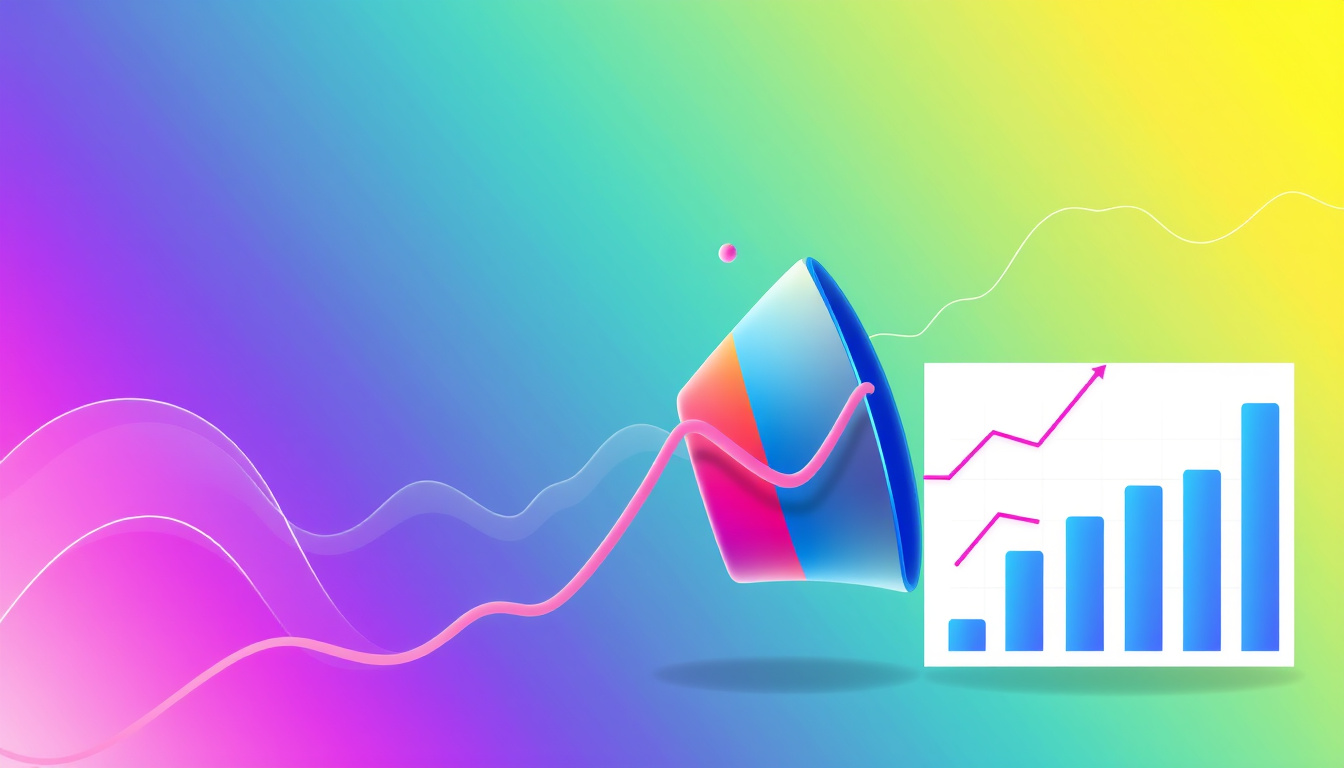Funnel Analysis Strategies to Boost Your Conversion Rates Effectively

In today's digital world, sites and apps compete hard. You watch users move step by step. This view helps you win more sales. Funnel analysis shows how each user step connects to the next. It spots where users stop and helps you fix weak links. The result can be more sales and a friendlier site.
In this guide, we share the basics of funnel analysis. You get firm steps and tips to boost conversions.
What Is Funnel Analysis and Why Does It Matter?
Funnel analysis follows the journey of users from start to finish. It tracks each step—from first visit to a completed action like buying a product, signing up, or installing an app. The funnel picture shows fewer users at each subsequent step and points out where many leave.
This method helps you: • See where users quit. • Know what users do and why. • Fix your site or app to keep users. • Check the effects of changes.

Industry experts note that firms using funnel analysis see better conversion results. Data brings clear choice and action.
Key Components of Funnel Analysis
Before you start your work, know these parts:
- Funnel Stages: Steps like awareness, interest, decision, and post-action.
- Metrics and KPIs: Numbers such as total visits, drop-off rates, time per step, and conversion figures.
- Segmentation: Splits data by user age, source, device, or behavior.
- Tools: Data platforms like Google Analytics, Mixpanel, or Hotjar that track and show the information.
Strategies for Effective Funnel Analysis
Below are proven steps that help you get more from funnel analysis and boost conversions:
1. Define Clear Funnel Stages
Map your customer journey in clear steps that match your goals. For example: • Visit Homepage
• See Product Categories
• Check Product Details
• Add to Cart
• Go to Checkout
• Finish Purchase
Clear steps let you spot when users drop off and work on those areas.
2. Track and Fix Drop-off Points
Watch where users leave the funnel by checking drop-off rates. If many users leave during checkout, the form may be too complex or costs may seem high. Use charts from your data tools to mark weak stages. Then, fix the trouble spots with care.
3. Split Users into Groups
Group users by traits like new versus return or mobile versus desktop. This split lets you see differences in behavior. Each group may need its own fix to boost results.
4. Test Changes with A/B Trials
After you change a step, run A/B tests on that page. For example, set two versions of your checkout page side by side and see which one wins more sales. Repeated tests help you make solid choices.
5. Automate Data Checks
Use tools that update charts and numbers on their own. Automated dashboards let you see new issues fast and track how changes work.
6. Use Visual Tools Like Heatmaps
Heatmaps and screen recordings show where users click and scroll. They reveal issues that numbers alone might miss. These tools add a human view to the data.
7. Fix the Big Leaks First
Work first on the funnel spots where most users leave. For example, if many users abandon their carts, fix that process first. Small fixes in key spots can boost sales quickly.
8. Ask for Customer Feedback
Get direct input from users who leave the funnel early. Use surveys, popups, or live chat. Feedback can show you real problems and help you plan fixes.
Practical Example: Boosting Sales with Funnel Fixes
Consider an online store. Many users add items to their cart, but many do not finish a purchase. The store used funnel analysis to find the problem: • They saw a long checkout process. • Data split showed mobile users had more trouble. • The store trimmed the number of steps. • A/B tests showed a 15% rise in purchases.
This case shows how simple, clear fixes can raise sales.
List of Top Funnel Analysis Tips
Here is a clear list to guide you:
- Set clear steps for your user journey.
- Check drop-off rates often.
- Group users for finer insight.
- Use charts to spot issues.
- Test changes with A/B trials.
- Add visual tools to see user behavior.
- Fix high-leak spots first.
- Automate your reports.
- Ask users why they leave.
- Refine your funnel with each insight.
Frequently Asked Questions (FAQs)
Q1: What is the main goal of funnel analysis?
A1: It shows where users quit the steps so you can fix them and raise sales.
Q2: How often should I run funnel analysis?
A2: Check your funnel monthly or quarterly. Automated charts help you keep track.
Q3: Can funnel analysis help with user engagement too?
A3: Yes. It works for goals like newsletter sign-ups, app installs, or content reading. It helps you shape your user steps.
Conclusion: Take Charge with Data-Driven Funnel Fixes
Good funnel analysis is key for any business that wants better sales and a friendlier site. Track how users move, find weak spots, and fix them one by one. With clear steps and data, your site or app can turn more visitors into customers.
Start your funnel analysis today. Use the data to make clear choices and boost your sales. Your growth depends on a smart, step-by-step approach.
Ready to raise your conversion game? Begin your funnel analysis journey now and see a big change in sales and revenue.